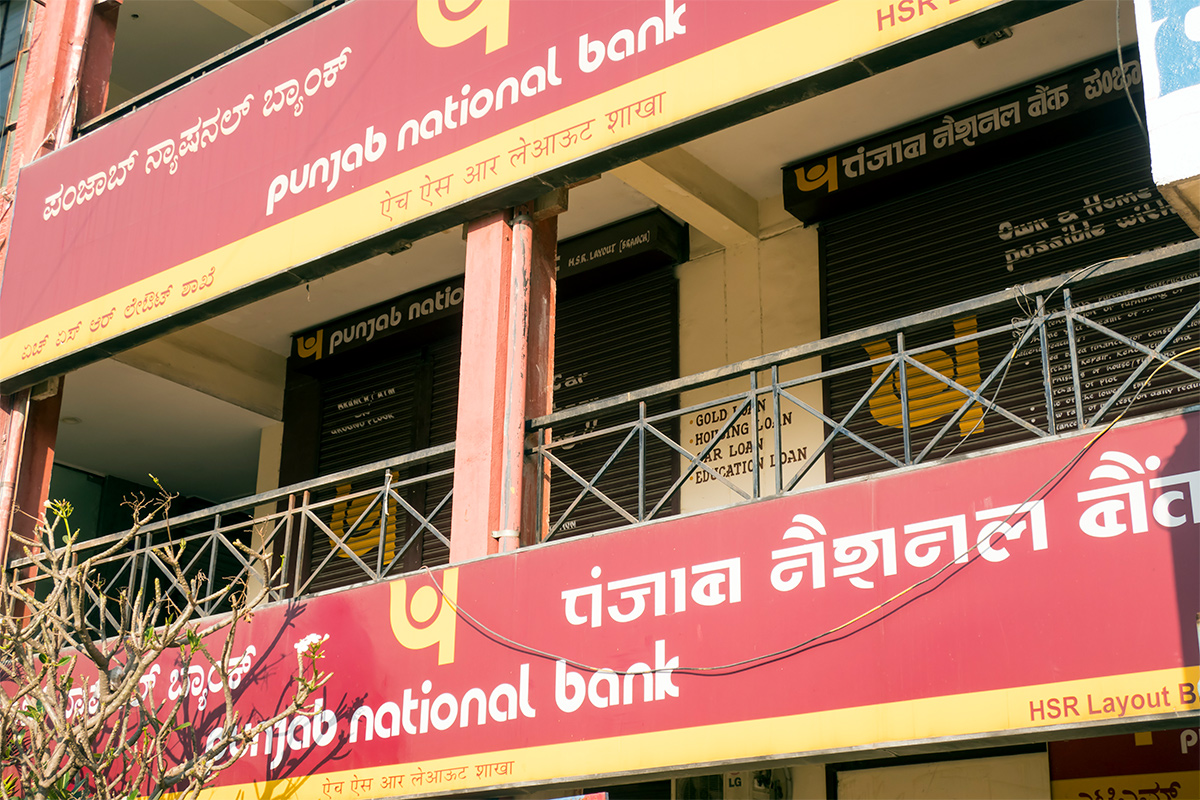The account holders of the Punjab National Bank (PNB) need to be careful with their accounts if their bank account has been inactive for years.
For the customers who want to use the account in future, it’s important for them to act now.
Advertisement
The PNB has announced that it will close all such accounts with no activity for the past three years and no balance, unless the Know Your Customer (KYC) process is completed by May 31, 2024. After this date, no further notice will be given to account holders.
Accounts that have been inactive for over three years as of April 30, 2024 and have a zero balance will be closed on June 1, 2024.
However, the bank said that a few accounts are exempted from closure such as the accounts linked to DEMAT accounts, lockers, or active standing instructions.
Student accounts for customers under the age of 25, Minor accounts, accounts opened for specific schemes like PMJJBY, PMSBY, SSY, APY, DBT, and those frozen by court orders, income tax department orders, or other statutory authorities are also exempted.
In order to reactivate the account, customers need to submit the necessary KYC documents to your nearest bank branch.
To complete the KYC process, you will need Identification Proof (PAN Card, Aadhar Card, Passport, Driving Licence); Address Proof (Aadhar Card, Electricity Bill, Water Bill, House Tax receipt, etc.).
It is important to take action on your abundant account as these unused bank accounts can become prime targets for fraud.
They can also attract maintenance fees, as many banks charge it for inactive accounts.
Also, the inactive accounts are more vulnerable to hacking and unauthorised access, especially if they are not regularly monitored.











